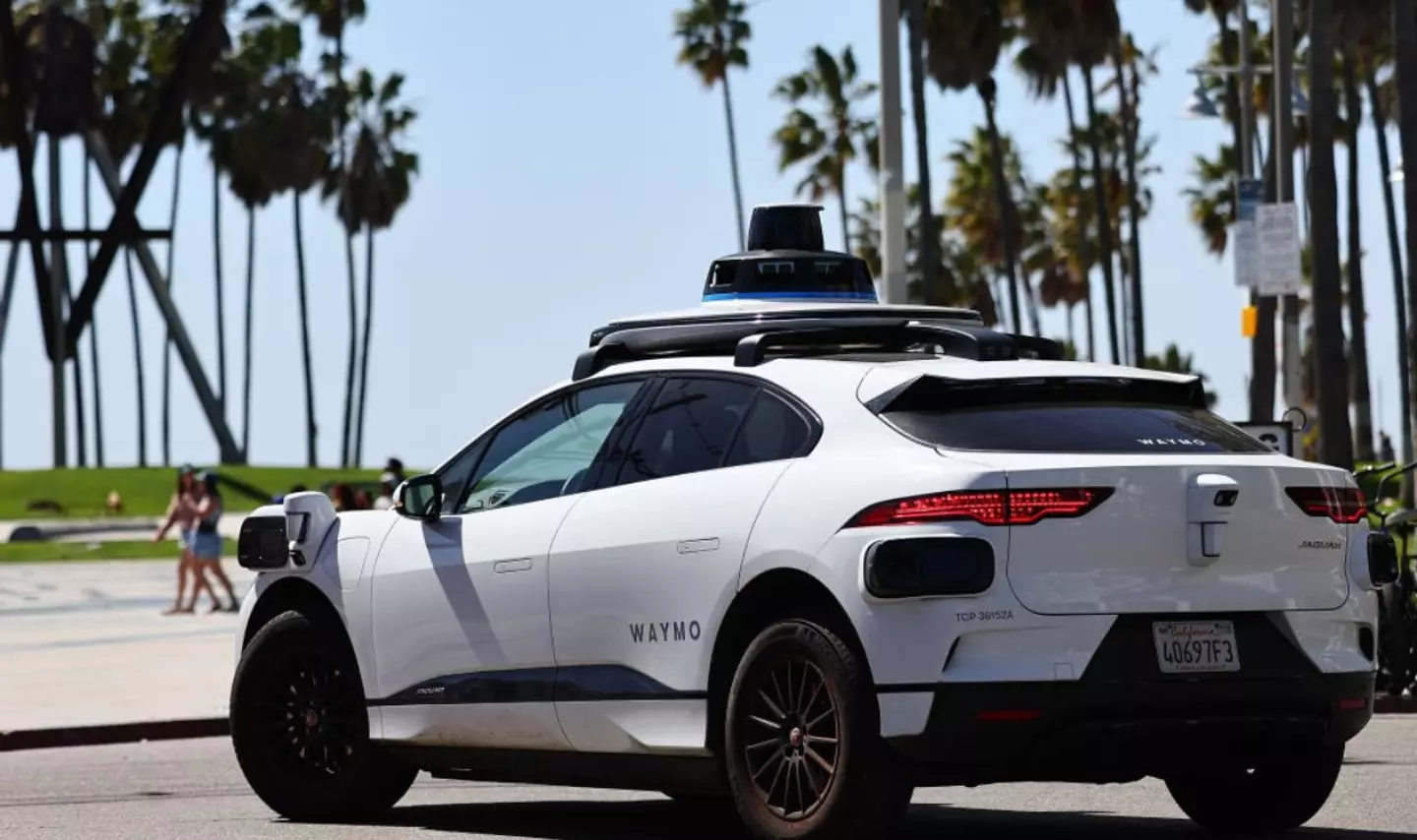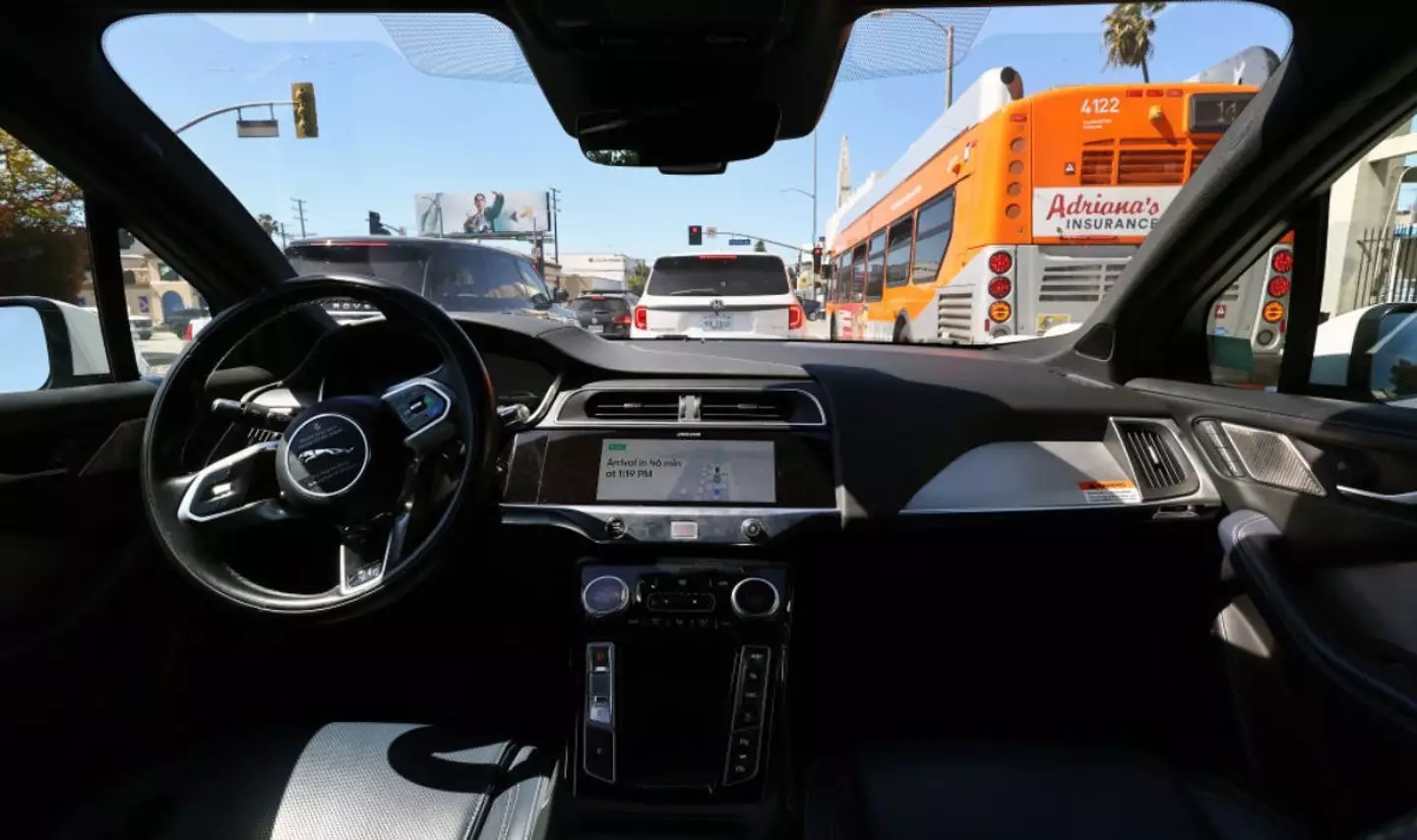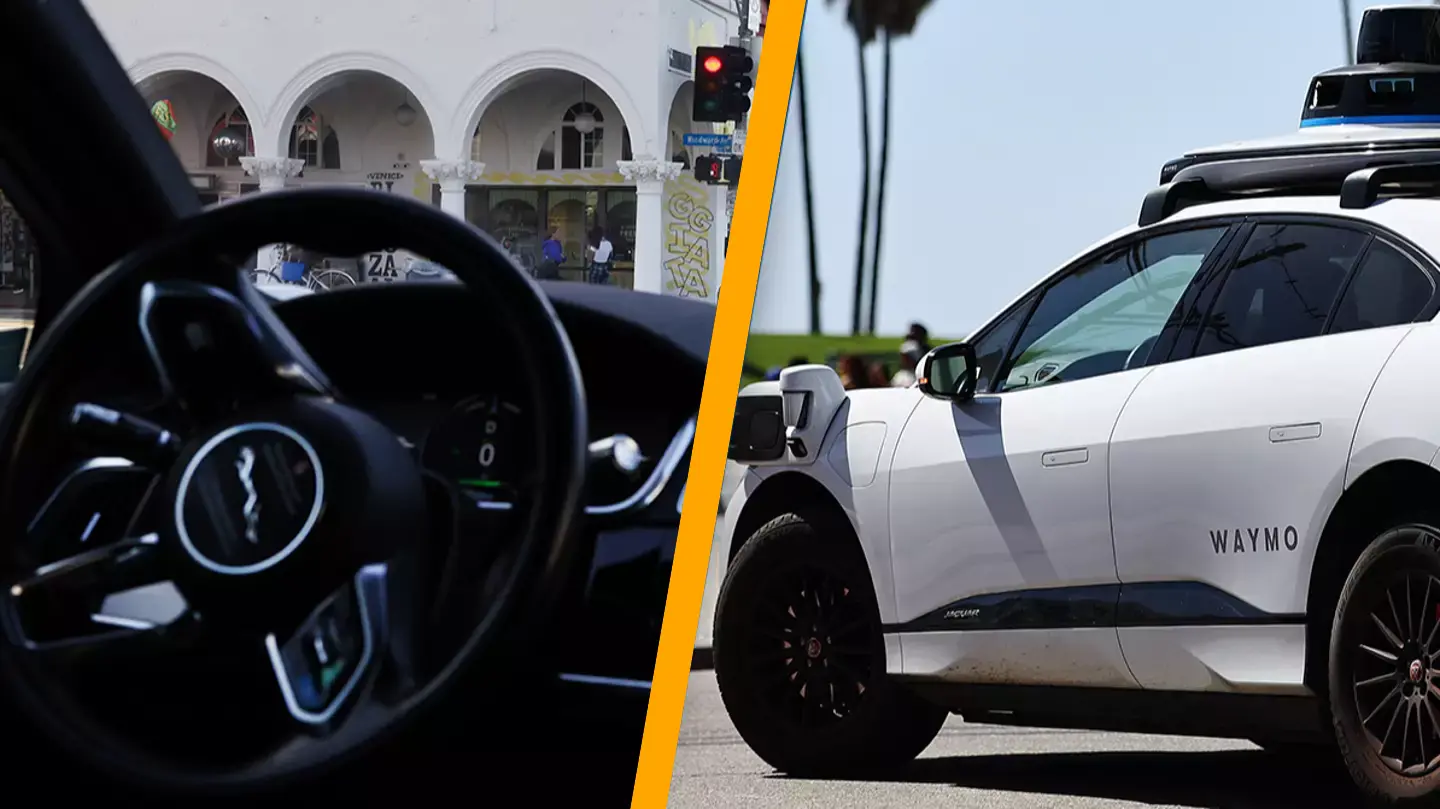A recent study has highlighted that self-driving cars are generally considered safer than vehicles operated by humans, except under three specific scenarios.
Globally, the adoption of autonomous vehicles is increasing in various cities, such as Shenzhen and Wuhan in China, Stockholm in Sweden, and Hwaseong in South Korea.
In the United States, Waymo, which was previously known as the Google self-driving car project, is running commercial robotaxi services in Los Angeles and San Francisco, with expansion plans underway for Austin, Texas.
The advantages of using autonomous vehicles reportedly include enhanced independence for the elderly, investment opportunities, job creation, and addressing gaps in public transportation. A study conducted by the University of Central Florida also suggests that these cars are generally safer than those driven by humans, barring three specific circumstances.
Researchers Mohamed Abdel-Aty and Shengxuan Ding found that autonomous vehicles are associated with fewer road accidents compared to those driven by people.
Their research involved compiling data from California and the National Highway Traffic Safety Administration (NHTSA), analyzing and comparing accident data from 2016 to 2022.
By examining 2,100 reports involving autonomous vehicles and 35,133 incidents involving human-driven vehicles, they utilized a statistical matching method to compare similar accidents. Factors considered in this analysis included road conditions, weather, and time of day, according to New Scientist.
The study concluded that autonomous vehicles are generally safer than those driven by humans, as they are less likely to be involved in accidents.
The results indicated that these cars “generally demonstrate better safety in most scenarios” and are particularly safer when struck from behind or from the side.

Despite these positive findings, the study identified three situations where self-driving cars did not perform as well.
The first situation is during dawn and dusk.
The analysis showed that self-driving cars faced a crash risk “five times as great as human drivers when operating at dawn and dusk.”
The third challenge for these vehicles is in making turns, as the study found autonomous cars had double the accident rate of human drivers when turning.

Abdel-Aty noted that the results might be somewhat unreliable due to the limited size and scope of the “autonomous vehicle accident database.”
Missy Cummings from George Mason University has also cautioned about “biased reporting” from self-driving car companies, describing the research as “an interesting but extremely preliminary step towards measuring autonomous vehicle safety.”
In conclusion, while more comprehensive accident data is required to definitively prove that self-driving cars are safer than human-driven ones, this research represents a promising step forward.

